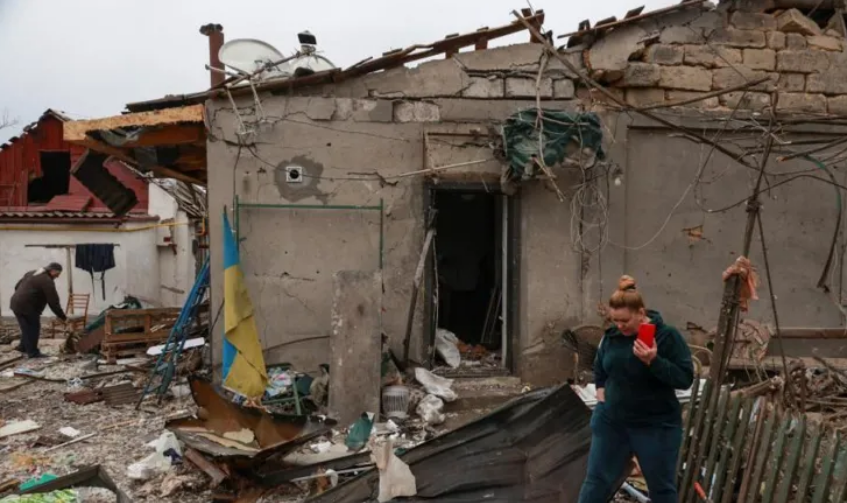Attempts at a temporary ceasefire over Easter collapsed as both sides accuse each other of breaching the 30-hour truce announced by Moscow.
A fragile 30-hour “Easter truce” between Russia and Ukraine quickly unravelled on Sunday, with both nations accusing the other of violating the agreement. The ceasefire, proposed by Russian President Vladimir Putin, was meant to last from 16:00 BST on Saturday until midnight Moscow time on Sunday.
Putin declared on Saturday that all military operations would pause during the Easter period, calling on Ukraine to follow suit. “For this period, I order all military actions to cease,” he said, adding that Russian forces would remain on alert to respond to any provocations.
Ukraine agreed to the truce but within hours of its commencement, Ukrainian President Volodymyr Zelensky reported that Russian forces had carried out more than 46 assaults along the front line on Sunday alone. He described the ceasefire as a “PR stunt” by the Kremlin, saying it was intended to give the impression of peace while hostilities continued. “This Easter has clearly demonstrated that the only source of this war, and the reason it drags on, is Russia,” Zelensky said.
Russia, for its part, rejected the claims and insisted its forces had adhered strictly to the ceasefire. The Russian defence ministry stated that Ukrainian forces launched hundreds of drones and shells during the truce period, which Moscow said were repelled by its troops.
On the ground, reactions were mixed. In Kyiv, many Ukrainians attending Easter services expressed scepticism about Moscow’s intentions. “I do not think this man [Putin] has anything to do with humanity,” said Olena Poprych, a 45-year-old lawyer. Meanwhile, in the Russian-occupied city of Donetsk, distrust ran in the opposite direction. “There was nothing about the ceasefire from Zelensky,” said a local man named Vladimir.
The British government dismissed the truce as a “one day stunt”, citing reports of continued violence and civilian casualties. The Foreign, Commonwealth and Development Office labelled it part of a pattern of “fake ceasefires” and backed Ukraine’s call for a longer 30-day pause in fighting.
The United States echoed the need for a broader ceasefire. While welcoming any temporary halt to hostilities, the U.S. State Department stated it remains committed to achieving a “full and comprehensive ceasefire” and would support efforts to extend the truce beyond Sunday.
As the war enters its third year, international hopes for a diplomatic breakthrough remain dim. U.S. Secretary of State Marco Rubio signaled a hardening stance on Friday, warning that Washington would soon reassess its role in peace talks if no progress is made.
Russia’s full-scale invasion of Ukraine began in February 2022 and has since resulted in hundreds of thousands of casualties, with little sign of an end to the conflict.


